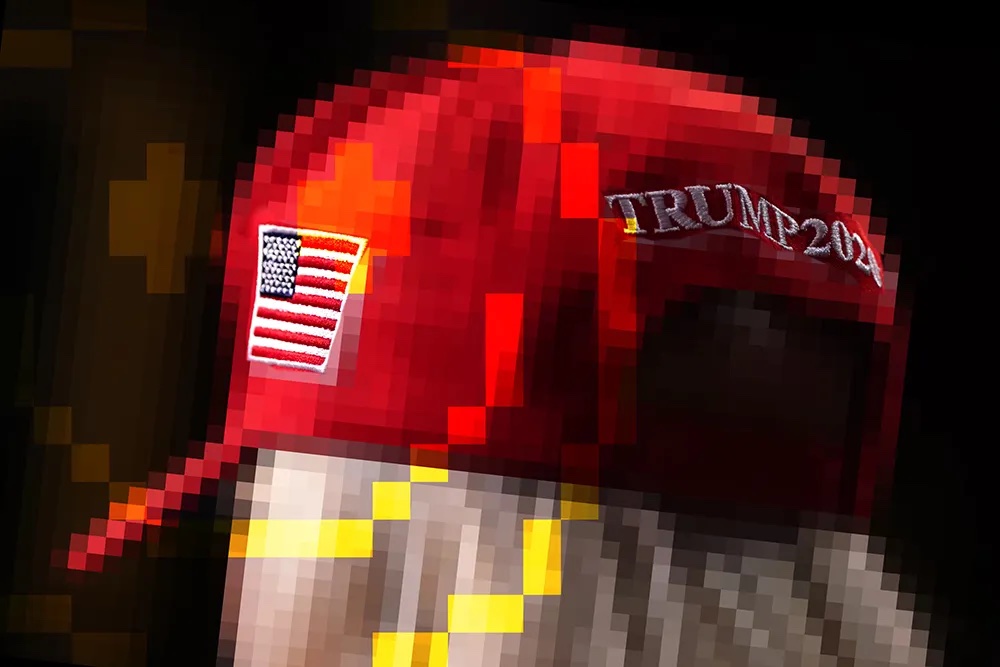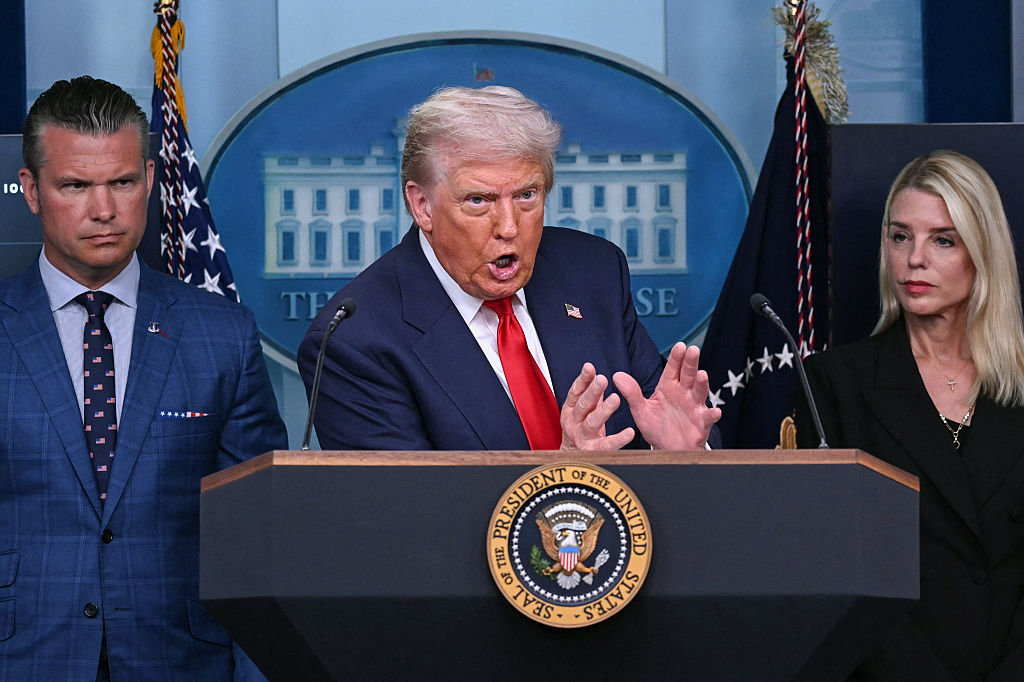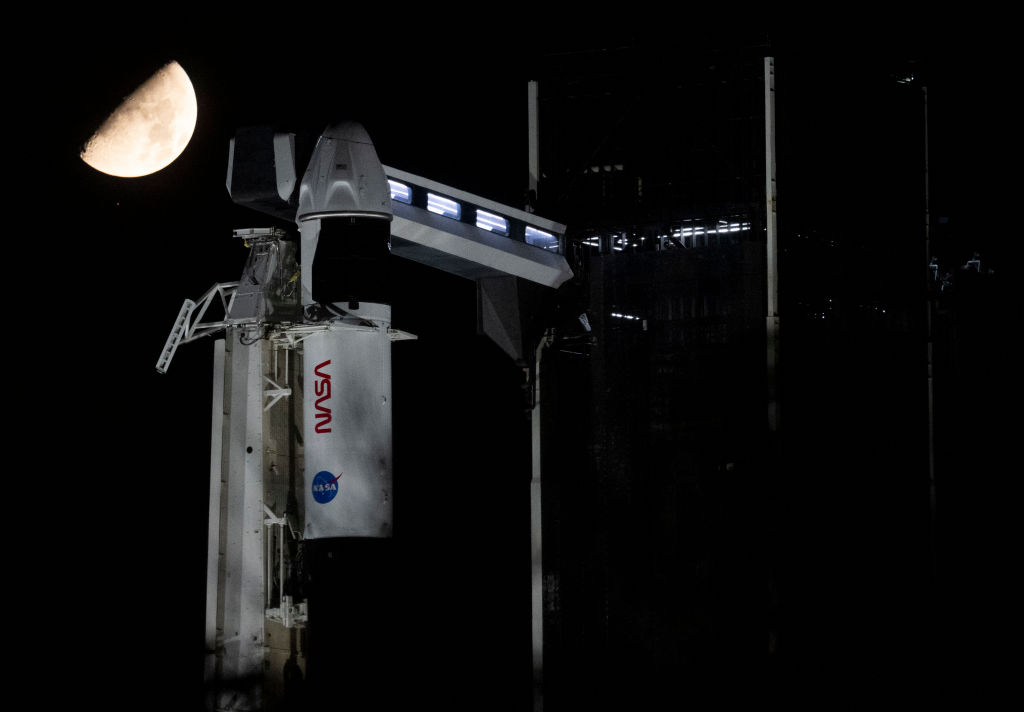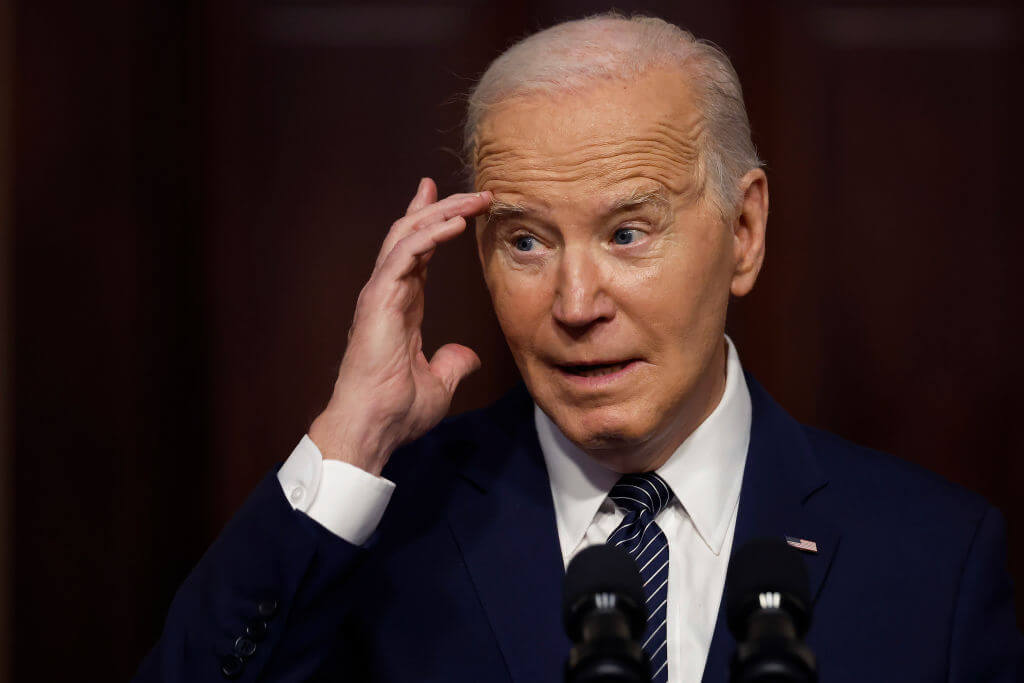The MAGA social scene was defined on the eve of Donald Trump’s inauguration by the Coronation Ball — perhaps the most exuberant celebration of the new “Golden Age.” The principal speaker was, unsurprisingly, Steve Bannon, the architect of Trump’s first victory and the voice of the neoreactionary core of the president’s movement. More surprising perhaps, though, was the ball’s principal sponsor, Remilia Corporation, a conceptual art movement. After Bannon’s speech, a representative of Remilia, an artist operating behind the pseudonym L.B. Dobis, stood at the podium to speak about internet art and to outline Remilia’s plans to remake the world one meme at a time.
Founded in 2021 by Charlotte Fang (also a pseudonym — Fang is a man), Remilia emerged from an online groupchat mostly made up of art-school graduates and dropouts.
What began as an experiment in social media performance art rapidly evolved into an enterprise spanning NFTs, memecoins, a health supplement brand, an influencer agency, a record label and a quarterly magazine of net-art criticism. What made this possible was Remilia’s NFT collection, Milady, now valued at $160 million. With the birth of Milady, Remilia’s army of posters had an instantly recognizable identity — blending the trends of our times: cutesy anime and digital outsider art — with money.
Anyone with the right aesthetic, a high tolerance for flippancy and a good meme game could join in. Remilia’s user base expanded beyond net artists and crypto developers, attracting fashion students, online Catholics, cosplayers, figures from New York’s Dimes Square scene and Estonian nationalists.
Much like a religious cult — and indeed the MAGA movement itself — Remilia explicitly recruited outsiders. It acted as a home for those alienated by online cancellations and censorship.
And its influence on the new conservative ecosystem is everywhere. Elon Musk tweeted a Milady meme in 2023; Ethereum co-founder Vitalik Buterin adopted one as his profile picture on X. It’s even rumored that Remilia is developing NFTs for the Vatican.
Remilia chimes with the subversive, mocking online culture of younger MAGA supporters. It is characterized by what Fang calls its “jovial irreverence.” Its style emphasizes speed, imitation, “copypasta” (copying and pasting other people’s content), “schizoposting” (affecting mental breakdown for emotional effect), writing in machine-translated Chinese and referencing internet culture. It acts as a workshop for producing content which all its users are encouraged to steal. The result is a deliberate obscuring of intent. This ambiguity is central to the appeal. The typical Remiliaite is a paradox: intensely online but engaged with physical spaces (Milady raves in London, Tokyo and New York happen often); hypercapitalist yet aesthetically and philosophically sophisticated; a devotee of ketamine-fueled club nights but conservative in personal life (Fang and Dobis are reportedly both married).
Like Trump, Remilia is obsessed with China, which Fang describes as the fulcrum of “mutually assured technological acceleration.” While Remilia stands to benefit from favorable crypto regulation, its public alignment with the Trump movement is perhaps best explained by their aesthetic compatibility. Trump’s 2024 campaign was defined by viral images: his mugshot, his stint as a McDonald’s worker, the triumphant fist pump.
At the heart of Remilia’s approach is the thinking of the British writer Nick Land, a self-described neoreactionary who wrote the movement’s bible — The Dark Enlightenment — and whose philosophy of accelerationism has long been in vogue among Silicon Valley rightists. It posits that rapid technological progress will lead to a reconstitution of reality, one that Remilia intends to shape.
Like futurism and vorticism, the artistic movements that embraced the disruption of the early twentieth century and influenced the politics of the right, Remilia has an energy which matches Trump’s — and promises more disruption to come.


























Leave a Reply